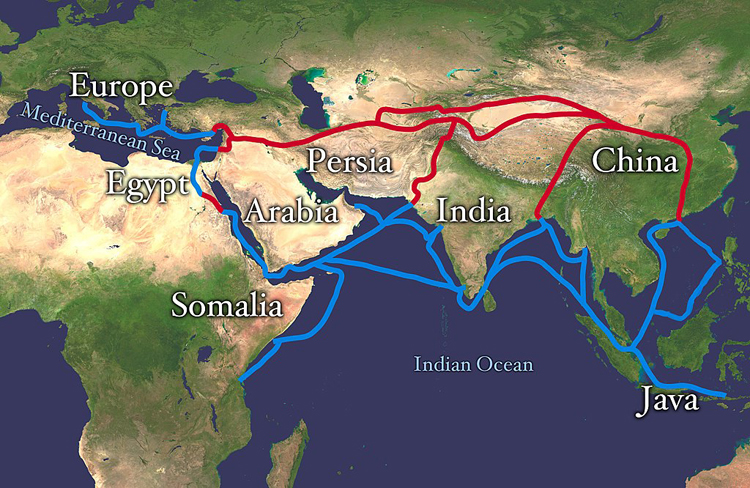China is establishing an infrastructure and service network to connect the country, by land and sea, to different parts of Asia, Africa and Europe. This Chinese project would then represent not only an investment to foster international trade but also an opportunity for sustainable development leadership. According to Chinese government, this new "Silk Road" counts on the participation of least 65 countries, involve about two-thirds of the world's population and boost one-third of the global economy. This "Belt and Road" initiative (BRI) promises to greatly influence the future of global trade and promote the economic development around the world. However, it may also promote permanent environmental degradation. The implementation of BRI implies massive rail and road infrastructure expansion, new ports construction in the Pacific and Indian Oceans, and the creation of oil and gas pipelines to Russia, Kazakhstan and Myanmar. BRI's economic development corridors coincide with high environmental value areas and can therefore have significant impacts on biodiversity. A recent report by the World Wildlife Fund (WWF) shows that these corridors overlap with 1739 Key Biodiversity Areas (KBAs) and with the range of 265 threatened species, including 39 critically endangered. Abrupt changes in ecosystem quality and functionality due to pollution, the spread of invasive species, restrictions of animal movement, habitat loss and increased wildlife mortality, are at stake. In addition, raw materials and fossil fuels use, and increased oil and gas reserves exploitation constitute a scenario of an increasing dependency on fossil-fuel and high greenhouse gas emissions. All BRI-related projects should undergo Strategic Environmental and Social Assessments which provide, at an early stage of decision-making, holistic information on the costs and benefits of development plans, including those reflecting the impacts on biodiversity and human populations. The Belt and Road Initiative could be an opportunity for China to take a leading role in moving global development towards sustainability by requiring its overseas partners at least the same environmental quality China aspires for within its territory. informacion[at]ebd.csic.es: Ascensão et al (2018): Environmental challenges for the Belt and Road Initiative. Nature Sustainability Doi: 10.1038/s41893-018-0059-3
https://www.nature.com/articles/s41893-018-0059-3








 Las altas temperaturas están provocando que las lagunas y las marismas de Doñana pierdan agua rápidamente
Las altas temperaturas están provocando que las lagunas y las marismas de Doñana pierdan agua rápidamente



